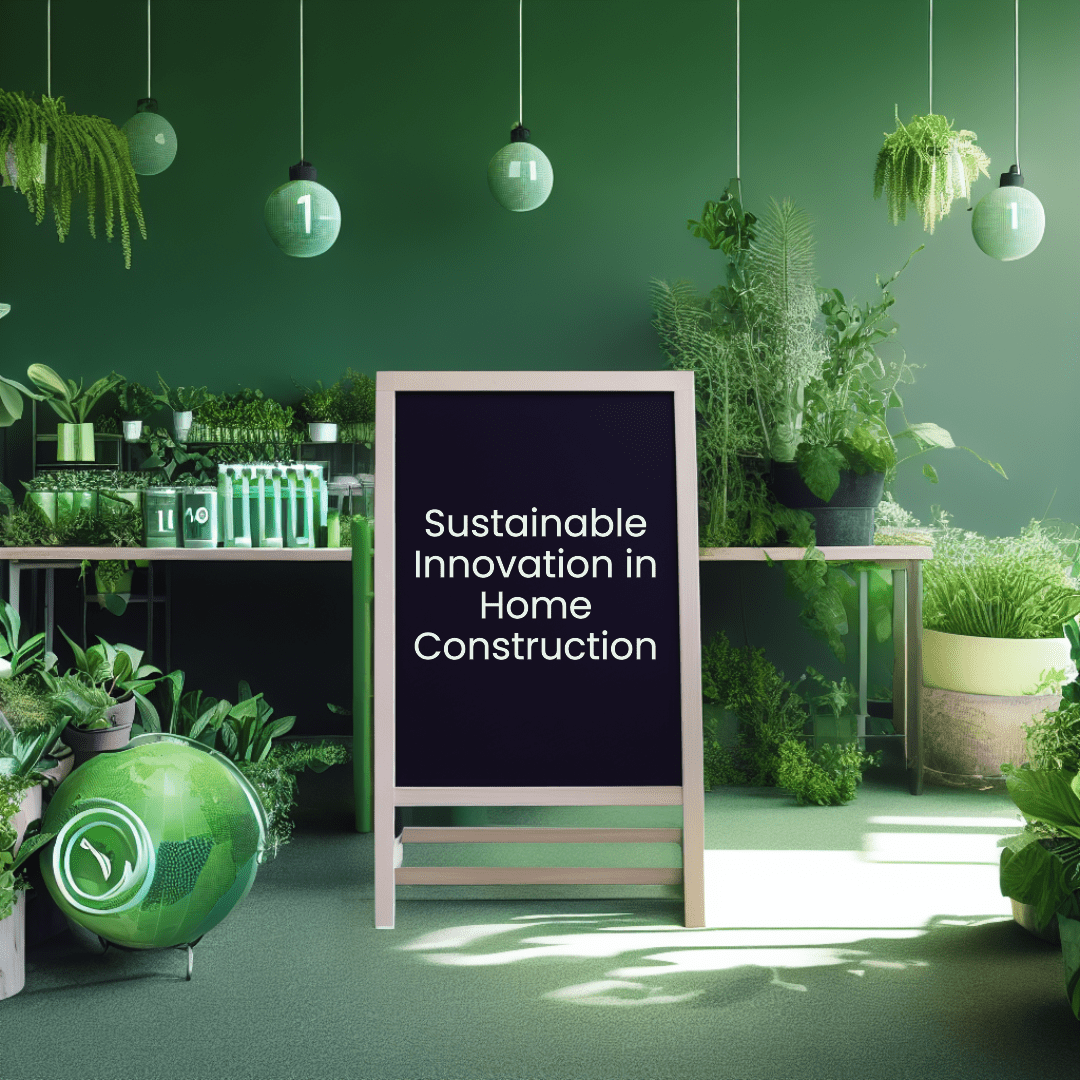Redefining Home Construction in 2024
The construction industry is undergoing a seismic shift, driven by the urgent need for sustainable practices and innovative materials. In 2024, a wave of groundbreaking materials is redefining home construction, emphasizing environmental responsibility while enhancing building performance.
Building a Better Future: A Look at Key Innovations
- Recycled Plastics: Transforming Waste into Opportunity
The ever-growing plastic waste crisis is being tackled head-on with the use of recycled plastics. With a staggering 350 million tons of plastic produced annually, construction is finding creative ways to incorporate recycled plastics. Modular components, insulation, and even exterior finishes are now being made from recycled materials, not only tackling waste but also promoting a circular economy. Affordable housing projects are even utilizing prefabricated blocks made from recycled plastics, demonstrating their viability in sustainable construction.
- Bio-Based Materials: Nature Knows Best
Bio-based materials like Cross-Laminated Timber (CLT), hempcrete, and bamboo are gaining significant traction for their low environmental impact and energy efficiency. These materials actively reduce greenhouse gas emissions while enhancing a building’s overall sustainability. Studies show that sourcing lumber locally and utilizing lighter wood species can significantly lower the carbon footprint of CLT panels.
- Low-Carbon and Smart Materials: Minimizing Impact, Maximizing Efficiency
Low-carbon materials, like concrete with low-carbon cement and recycled steel, are specifically designed to minimize greenhouse gas emissions during production. Alongside them, “smart” materials are emerging, capable of responding to environmental changes. For instance, thermochromic glass adjusts its color based on temperature, reducing the need for air conditioning and boosting energy efficiency.
- Offsite Construction: Building Smarter, Not Harder
The offsite construction method is revolutionizing the construction process. Here, building components are prefabricated in a controlled factory environment before assembly on-site. This approach not only minimizes waste and energy consumption but also allows for the seamless integration of sustainable materials. The use of recycled steel in structural framing is a prime example, significantly reducing the environmental impact compared to traditional steel production.
- Reclaimed Materials: Giving New Life to the Past
Reclaimed materials like salvaged timber and bricks are experiencing a surge in popularity within sustainable architecture. These materials not only conserve resources but also add a unique character to new constructions. This trend reflects a broader movement towards reducing waste and promoting sustainability in the built environment.
Challenges and the Path Forward
While the shift towards sustainable construction materials is undeniably positive, there are challenges to overcome. Issues such as standardization, supply chain logistics, and public perception need to be addressed to ensure widespread adoption. Continuous research and development, coupled with supportive policies, will be crucial in overcoming these hurdles and making sustainable materials the standard choice in construction.
The integration of innovative sustainable materials is not merely a trend, but a necessary evolution in home construction. This movement aims to create environmentally responsible, efficient, and aesthetically pleasing buildings for the future.
What are your thoughts on the future of sustainable construction? Share your insights in the comments below!






